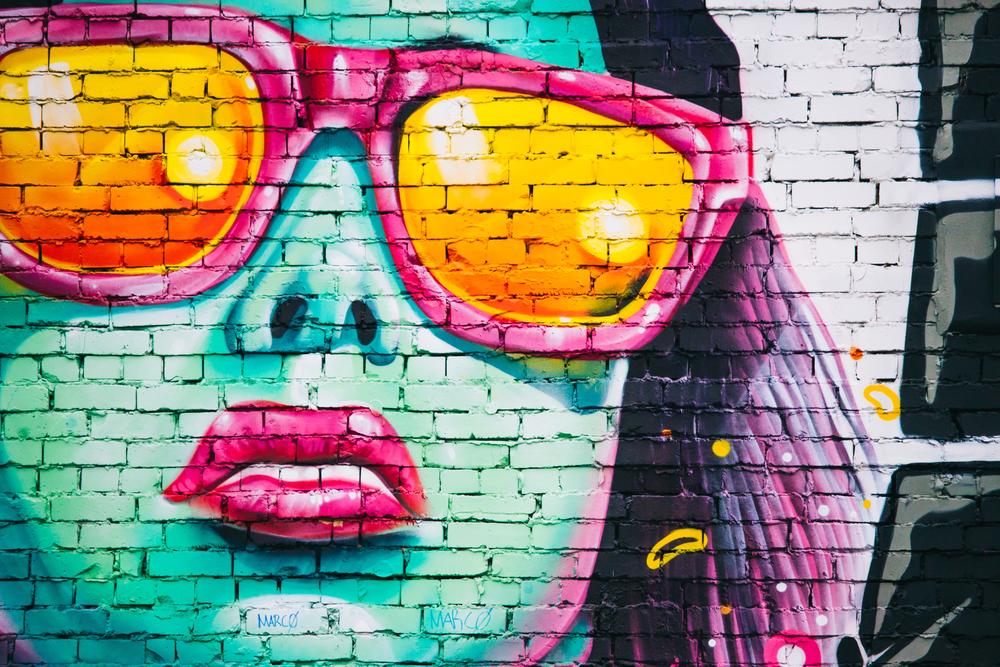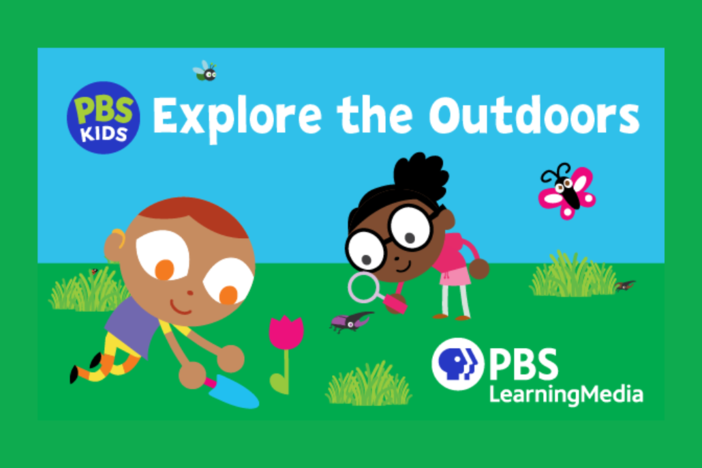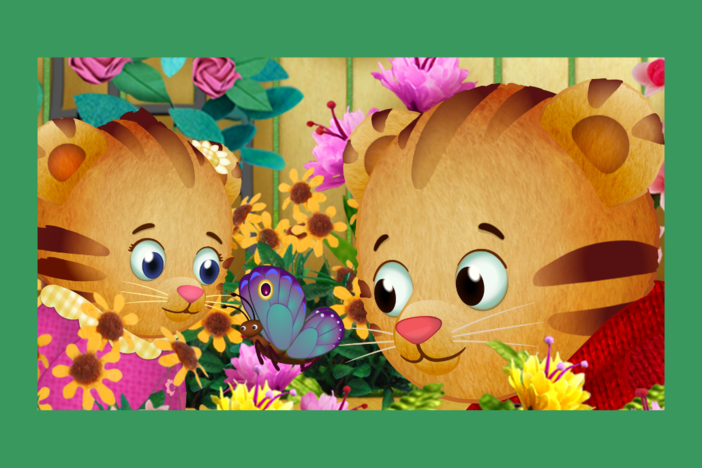
Section Branding
Header Content
Art Education For The 21st Century
Primary Content

When Steve Jobs gave the commencement address at Reed College in 2005, he cited the calligraphy classes he took after dropping out of Stanford as the inspiration for the Macintosh's elegance in type. "It was beautiful, historical, artistically subtle in a way that science can’t capture, and I found it fascinating," he said. "None of this had even a hope of any practical application in my life. But 10 years later, when we were designing the first Macintosh computer, it all came back to me. And we designed it all into the Mac. It was the first computer with beautiful typography." It is that relationship between art education and our fanatic focus on STEM that can lead to the biggest and most innovative breakthroughs we see companies making today.
The world that our students will come to lead is increasingly competitive. Technology is all-present and getting more complex by the moment. Access to information is so pervasive it is almost overwhelming. In addition to managing these challenging circumstances, their knowledge must not only be practical but should build skills to solve the future's problems. Quite a tall order. But maybe art education is up to the challenge. As The World is Flat authorTom Friedman argues, "more than ever our secret sauce comes from our ability to integrate art, music, and literature with the hard sciences. That’s what produces . . . a Google."
Careers and Practicality
All educators constantly face the challenge of making their lessons apply to the real world. This issue is especially pertinent to art education, where many times critics believe the creative skills being taught don't translate towards realistic vocations. At GPB Education, our Fast Forward career series travels to a couple of locations around the state understanding how artists ply their trade in the real world. We dropped in on the original shooting location of the Walking Dead to understand how prop masters, makeup artists, and directors create a thrilling and scary fictional world. To that end, another famous studio we had a chance of visiting was Turner Broadcasting, where animators focus intently on how science affects their drawings. As they make clear, viewers need to believe that what you are showing them is real.
Going beyond just drawing and animation, do you want to teach your students how to make their own movies? We've got you covered. GPB is offering a new professional development session on visual storytelling and production. Email education@gpb.org for more information. And if you want to get started right away, have a look at PBS member station KQED. Their KQED Teach sites hosts lessons and free courses on better practices for teaching all manner of visual media projects.
For a more in-depth look at various careers in the visual arts, Discovery Education's STEM Career Challenges are a wonderful resource. They have three more looks at specific careers including VR developer and nature photographer, with a task to be completed that would apply directly to that vocation. Additionally, stats on salaries and necessary skills can help students prepare themselves for careers in those fields. And if our goal is to prepare our students for the future, skills like collaboration are crucial for the 21st century. Artists consistently work together on projects, but also must work with companies and governments. Discovery's Spotlight On Strategies (SOS) has a Top 10 list of teaching strategies to promote cooperation, collaboration, and teamwork.
Warming Up and Analyzing
And that isn't all Discovery Education offers. Take your students behind-the-scenes and find out what Google Doodlers do through a virtual field trip to Google headquarters! Included are lessons for all grade levels in brainstorming to help get ideas flowing, following through with ideas by creating artistic works, and sharing that work with others as well as critiquing fellow artists.
Once students are warmed up, a little bit of art history might be in order. To support students' understanding of how to evaluate art and to help them develop their own opinions and perspectives on different types of art, head back over to Discovery's Spotlight on Strategies. Have a look at the collections, "Key Ideas and Details," "Cites Evidence," and "Point of View and Purpose" to name a few. A few of our favorite strategies include AEIOU, PechaKucha, and Multiple Perspectives. All of these instructional strategies allow students to use different methods to analyze all types of art in a simple and engaging manner.
Art Lessons
Ready to get to the core lessons? Perfect. Head over to PBS LearningMedia. Their trove of collections cover everything from meeting the latest artists to practicing the most basic skills that every artist needs. Some of our favorites include KQED Art School which introduces students to contemporary artists and their techniques, the Art Assignment that interviews some of today's most inspiring artists who explain the background of their work and then challenge you to mirror their method, and Visual Arts Toolkit which explores the basic elements of art and the principles of design. Other interesting takes come from Braincraft, a neuroscience collection, and Offbook which focuses on art, people, and the culture of the digital revolution.
Other great collections include Spark which takes students backstage with well-known painters, West Virginia Visual Arts and Artisans that allows for a close look at a state's artists with lesson plans to bring into the classroom, Art and the Environment, a KQED collection focusing on environmental issues and how art addresses them, and PBS' own Ideas Channel--a forward-looking discussion of art and philosophy. A great question they ask that is sure to get your students talking is whether or not memes are art. Now prepare your students to defend your answers by drawing world bubbles on paper and writing evidence for their opinion. Have them hand that paper to the next student and let them respond in another word bubble. And the academic discussion begins!
Secondary Content
Bottom Content





